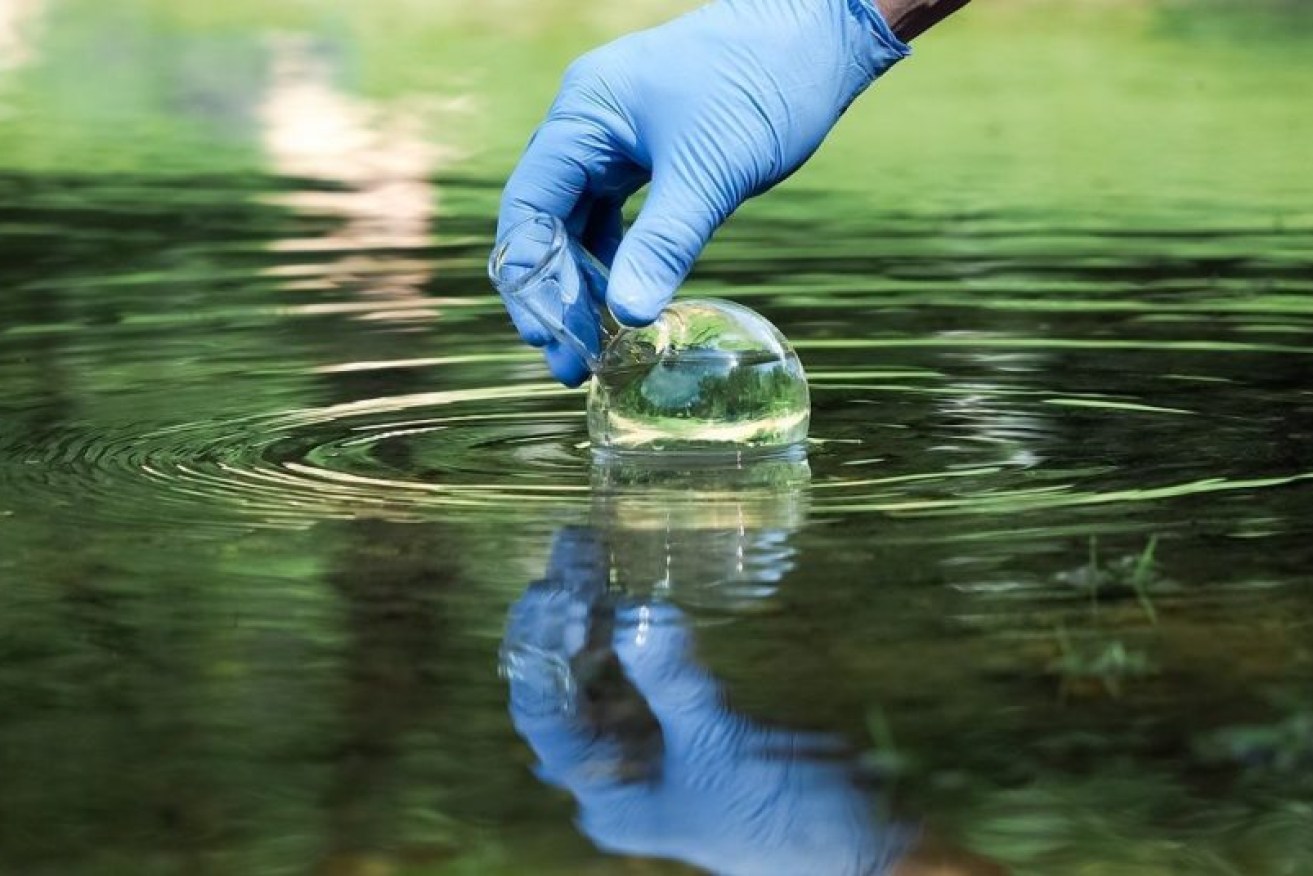Researchers find new way to rid water of toxic chemicals
Australian researchers have pioneered a new way to remove so-called forever chemicals from water, promising to revolutionise how contaminated sites at treated.

The novel process uses a solution that coats particles of toxic, long-lived PFAS chemicals, giving them a magnetic field.
A magnet can then be used to attract and remove them from water in record time, without the need for access to electricity.
Lab tests have shown the process can clear 95 per cent of PFAS from highly contaminated water in less than a minute. That jumps to 99.9 per cent when teamed with other PFAS extraction techniques involving membranes.
The method is the work of University of Queensland polymer chemist Dr Cheng Zhang and PhD candidate Xiao Tan, who believe it holds great promise.
They are particularly excited about its applications at remote sites where there is no power for the pumps and filters conventional methods use.
“Our method shows it is possible to remove more of these chemicals in a way that is faster, cheaper, cleaner and very simple,” he says.
Even better, the solution can be reused up to 10 times, which can’t be done with conventional treatments involving activated carbon.
“Our team will now scale up the testing and we hope to have a commercially available product ready in the next three years,” Zhang says.
PFAS is the short name for a vast family of chemicals that have been in common use for decades due to their heat, water and stain-repelling properties.
They are present in everything from food packaging and make-up to paint, carpet and fabric. But their long-term use, including in heavy industry, has come at great cost.
PFAS chemicals don’t easily break down so they build up in plants, including agricultural crops, in animals and in human bodies.
They also migrate easily, via air and water, and are now detectable in pretty much every ecosystem on earth, including in polar ice, river and groundwater systems.
Some sites have heavy levels of contamination because of heavy use of PFAS-loaded products such as firefighting foams that have left toxic legacies at Australian defence force sites, and air and sea ports.
Of the relatively few well-studied PFAS, most are considered moderately to highly toxic.
Many governments worldwide warn certain exposure levels may lead to increased cancer and other health risks. The Australian government urges a precautionary approach focused on limiting exposure.
Some of the most harmful types of PFAS have been phased out in Australia but others continue to be used.












